From the roar of a McLaren F1’s BMW-sourced V12 to the sculptural form of a Ferrari 250 GTO, certain automobiles have transcended their functional origins to become investment-grade assets. These vehicles represent more than engineering excellence — they embody both cultural impact and historical significance.
Classic sports cars such as the Toyota 2000GT, which redefined perceptions of Japanese design; the Jaguar D-Type, with its storied Le Mans victories; and the Aston Martin DP215, engineered for pure competition — are now viewed as rolling artefacts of automotive history. Backed by provenance and performance, these machines have achieved unprecedented auction values, attracting serious collectors and alternative asset investors alike. LUXUO examines the most rarefied and valuable sports cars ever sold at auction and how the classic car market continues to evolve in response to shifting tastes, generational wealth and global economic trends.
McLaren F1 ‘LM-Specification’ (1994)
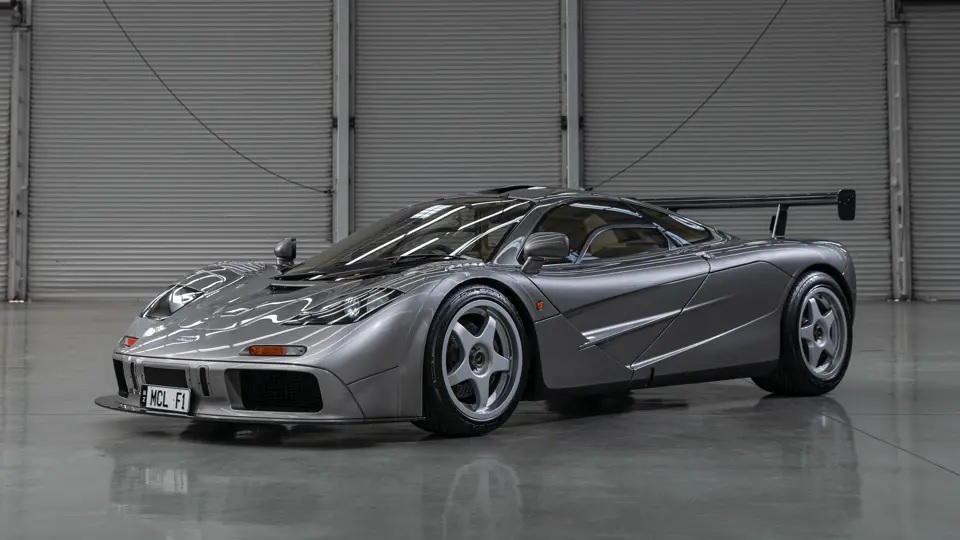
One of only two ever produced, the 1994 McLaren F1 LM-Specification (chassis 018) stands as a rarity in the automotive world, having been converted from a GTR race car into a road-legal vehicle. Powered by a 6.1-litre BMW V12 engine delivering 680 horsepower, it is significantly lighter than the standard F1 and features no electronic driver aids. This model exemplifies the McLaren F1 at its most uncompromising — high-performance, mechanical and engineered for maximum speed — drawing directly from McLaren’s success at the 1995 Le Mans. When it appeared at RM Sotheby’s 2019 Monaco auction, it exceeded expectations by achieving a final sale price of EUR 19.8 million (approximately USD 22.2 million at the time). For many, this represented a justified valuation for what is often regarded as one of the most exhilarating road cars ever built.
Ferrari 250 GTO (1962)
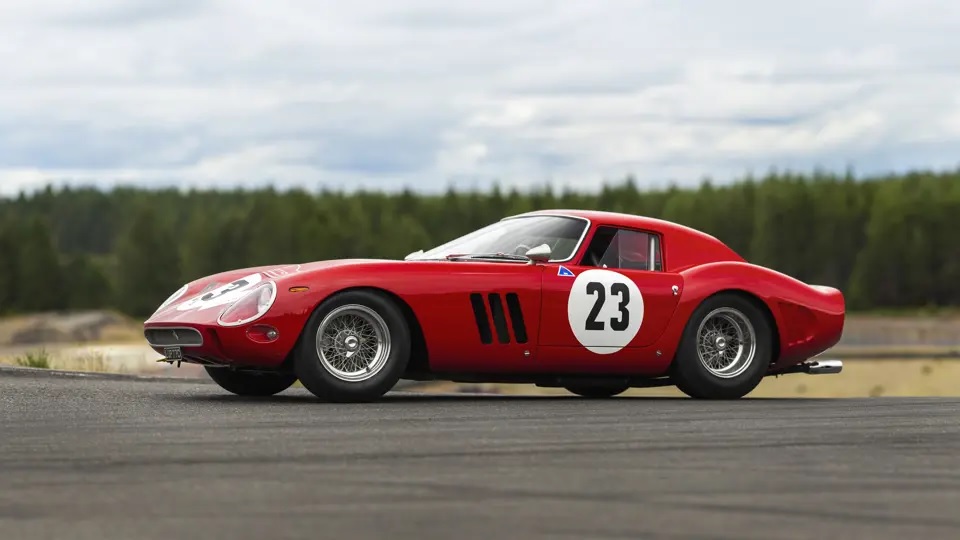
Only 36 units of the 1962–1963 Ferrari 250 GTO Berlinetta (chassis 3851GT) were produced and this example is distinguished by its significant racing pedigree. Driven by names such as Henri Oreiller and Jo Schlesser, and later owned by prominent collectors including Paolo Colombo and Fabrizio Violati — its provenance is well documented. Lightweight, responsive and powered by a 3.0-litre Colombo V12 engine, it exemplifies the defining characteristics of a 1960s GT race car. In 2018, it was sold at Bonhams for USD 48 million, reinforcing the 250 GTO’s position as the most coveted model in Ferrari’s vintage portfolio. While it is a functional automobile, its cultural and historical value elevate it to the status of a collectible asset.
Toyota GT2000 (1967)
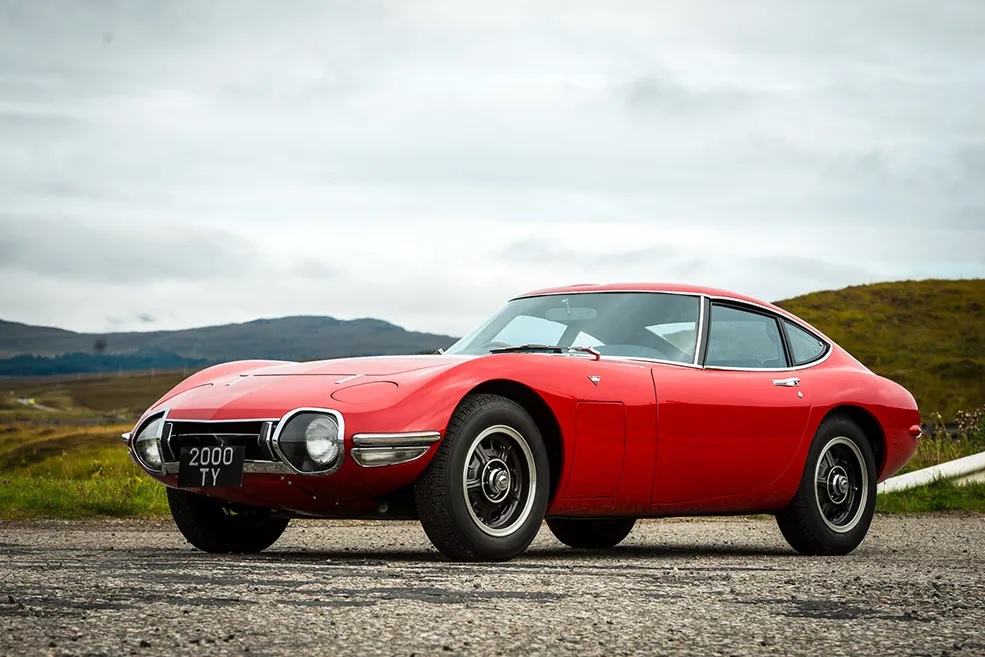
In 1967, the world was astounded by the hand-built, breathtakingly beautiful Toyota 2000GT — Japan’s first real supercar. It demonstrated that Japan could compete with the best in Europe thanks to its 2.0-litre straight-six engine, 150 horsepower and ideal 50/50 weight distribution, which was developed by Yamaha. Its starring role in You Only Live Twice solidified its mystique and only 351 were produced. Perfect copies currently sell for over USD 1 million at auction, which was unimaginable for a Japanese classic ten years ago. In addition to being quick, the 2000GT permanently altered public perceptions. These days, it is the focal point of each collection, combining exquisite shapes with exact engineering. At RM Sotheby’s Monterey auction in August 2023, a brand-new, completely restored 1967 Toyota 2000GT sold for USD 2.53 million — setting a new record for the model.
Aston Martin DP215 (1963)
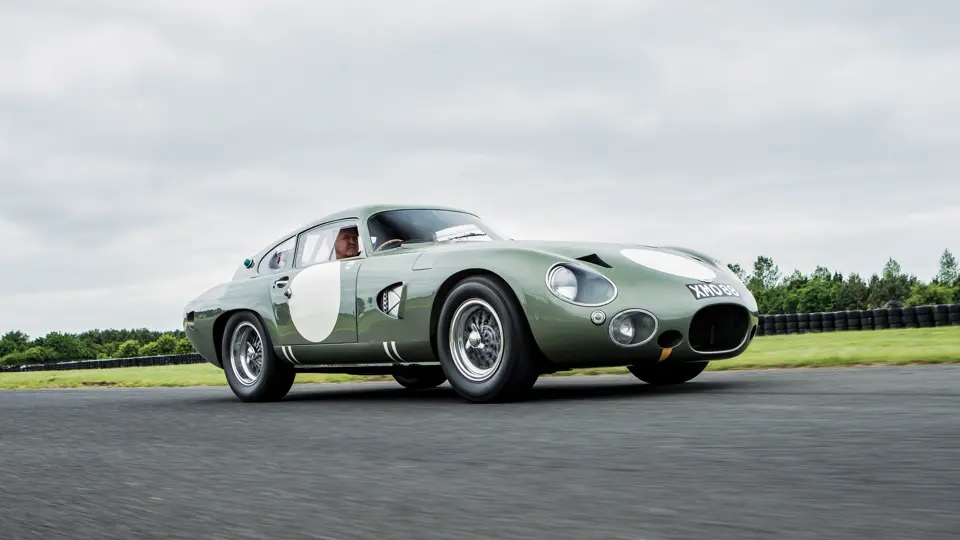
The final of the brand’s renowned “David Brown” racers, the 1963 Aston Martin DP215 was a stunning and vicious prototype designed to win Le Mans. Its wind-cheating bodywork was refined in MIRA’s tunnels and its 3.7-litre straight-six engine — tweaked to 330 horsepower — whined through a five-speed gearbox, a first for Aston. Its reputation as Aston’s fastest pre-V8 competitive car endured despite being retired early after just one race. This piece of British motorsport royalty sold for EUR 21,370,000 (about USD 25.3 million at the time) at RM Sotheby’s 2018 Monaco auction, which was a reasonable price for a vehicle that signalled the end of an era.
Jaguar D-Type (1955)
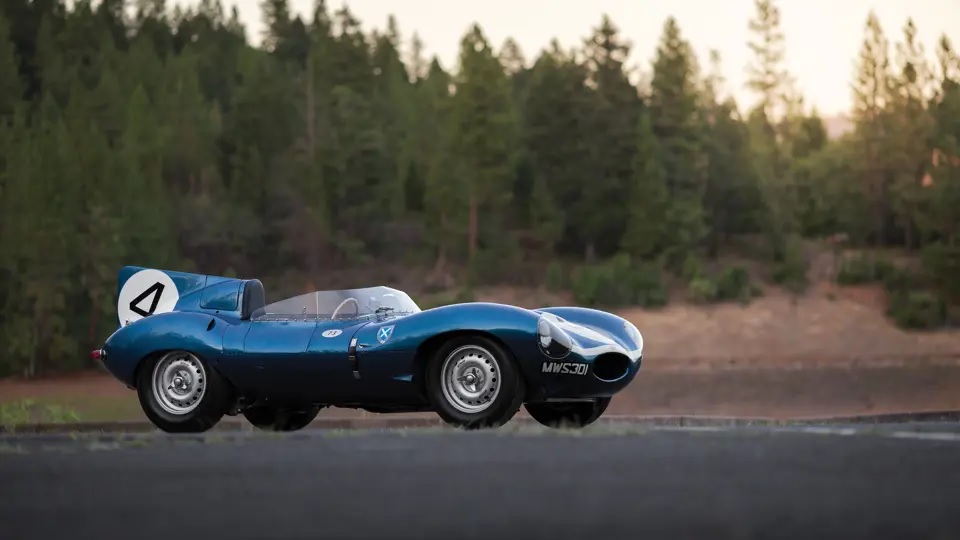
With its monocoque hull and aerodynamic curves, the 1955 Jaguar D-Type was the fastest vehicle on the Mulsanne Straight at the time — rewriting the history of the Le Mans 24 Hours. This specimen — chassis XKD509 — has a vintage racing background that includes a class win at Reims in 1956 and is one of only 54 roadsters manufactured. With its distinctive “wide mouth” intake, its 3.4-litre straight-six engine still produces 250 horsepower of undiluted British muscle. It sold for EUR 6,720,000 (approximately USD 7.5 million) at the 2016 Monaco auction — held by RM Sotheby’s — a significant price for a vehicle that helped define a specific era of motorsport. The D-Type is poetry in motion, in addition to being quick.
Alfa Romeo 8C 2900B Lungo Spider (1939)
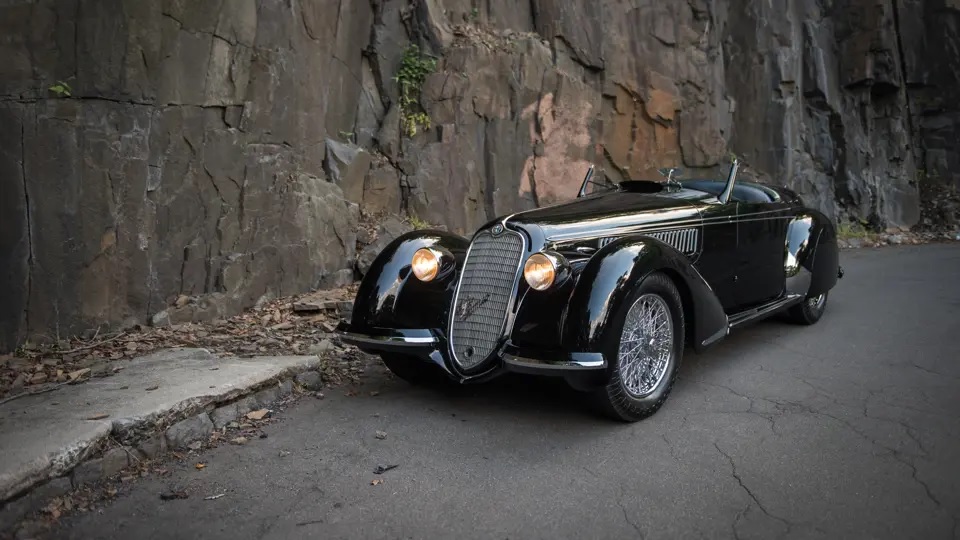
One of only 12 long-wheelbase spiders ever produced, the 1939 Touring Alfa Romeo 8C 2900B Lungo Spider is a symbol of automotive royalty. Its 2.9-litre supercharged straight-eight engine — which produces 180 horsepower and can reach 125 mph at a time when most vehicles could barely get 60 — is hidden beneath its breathtakingly gorgeous coachwork. This specific model — chassis 412024 — has matching numbers and a continuous known history. The hammer fell for EUR 19,040,000 (about USD 21.7 million at the time), a suitable sum for what many consider the Mona Lisa of pre-war motoring. Collectors realised its significance when it crossed the block at RM Sotheby’s 2016 Monaco auction.
Read More: Private Collection of Rare Alfa Romeo Cars Worth USD 7.5 Million Are Now On Sale
Mercedes-Benz 300 SLR Uhlenhaut Coupe (1955)
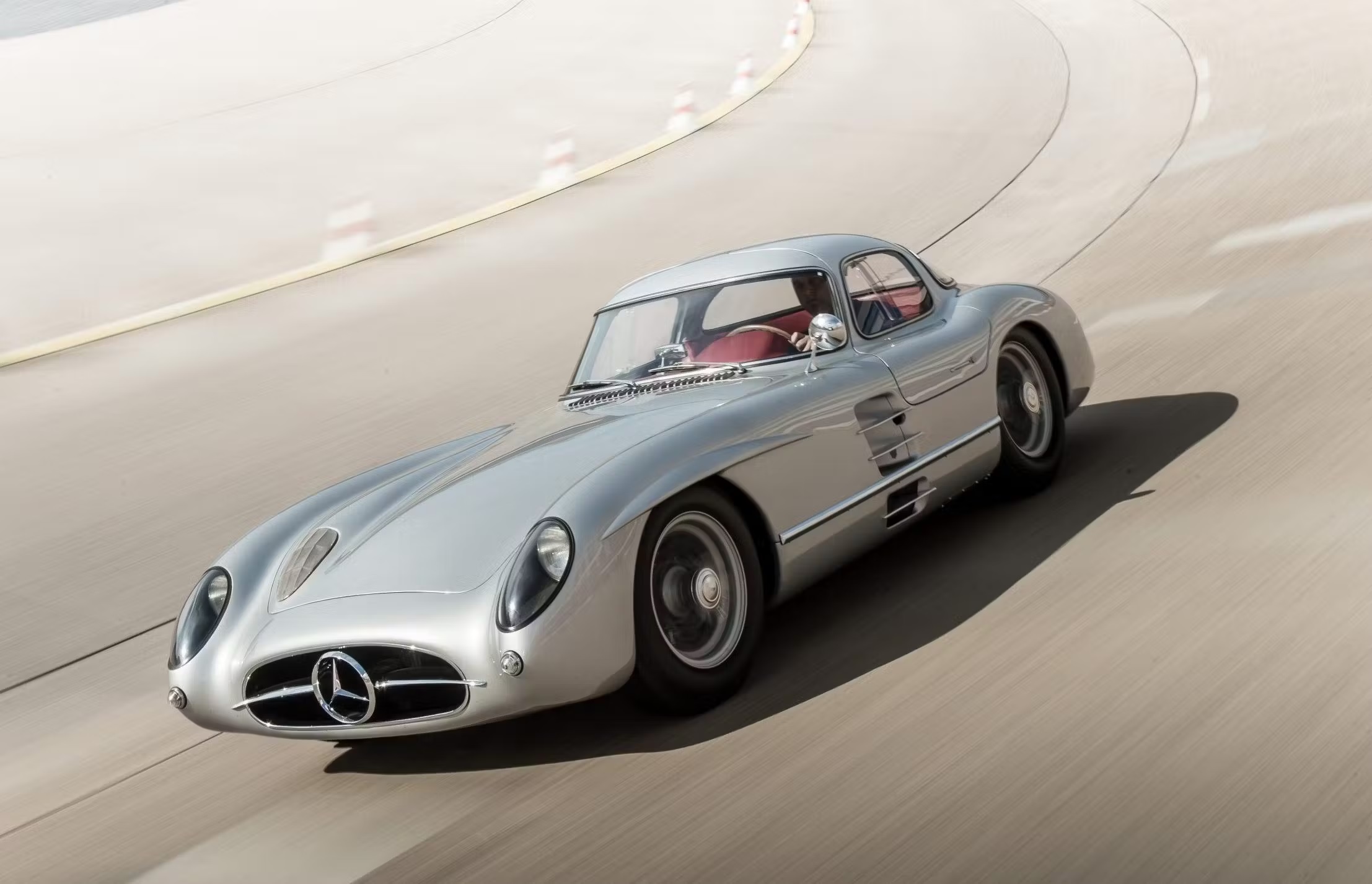
Only two of the 1955 Mercedes-Benz 300 SLR “Uhlenhaut Coupé” were ever produced, making it one of the rarest and most valuable vehicles in existence. Rudolf Uhlenhaut built these sleek beauties, which were closed-top copies of the renowned open-top racer, using the same 3.0-litre straight-eight engine that powered the Mille Miglia. Decades before the idea gained popularity, these were essentially road-legal race cars with a top speed of 180 mph. One of the most expensive cars ever sold was sold for EUR 135 million (USD 142 million) in a private transaction in 2022. It is more than just machinery; it is the pinnacle of German engineering in the 1950s, a silver arrow that has yet to be improved.
Aston Martin DB6 Mk 2 Vantage (1970)
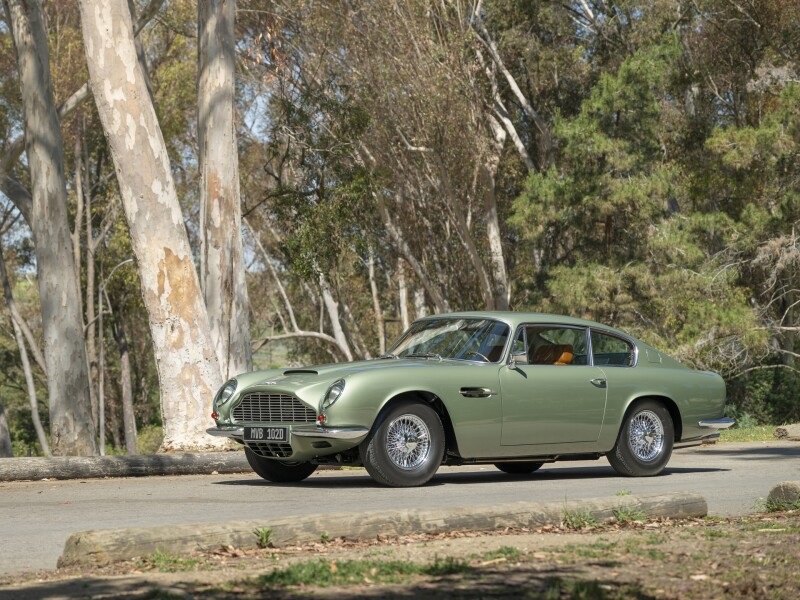
Aston Martin’s iconic grand tourer heritage is the 1970 DB6 MkII Vantage (Chassis No. DBS/5408/R). Its massive hood conceals a 4.0-litre straight-six engine tuned to 325 horsepower in a rare Vantage specification, which was sufficient for 150 mph in an era when aerodynamics was not a significant factor. This specific example — one of only 240 Mk II versions produced — retains its original engine and factory-installed power steering. It sold for GBP 650,000 (approximately USD 825,000) when it was put up for sale at Sotheby’s in 2023. This impressive outcome reflects the increasing demand for these last-of-the-line Astons from the David Brown era. It is more than just a means of transportation; it is a handcrafted example of British automotive nobility that would look just as good parked outside a Monte Carlo casino as it would on the Autostrada.

